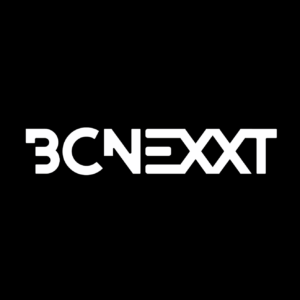As media organizations continue to generate an increasing number of digital assets, the question of where and how to store vast libraries of content becomes a focal point. Traditionally, on-premise storage systems were the go-to option, offering familiarity and convenience in predominantly studio-based workflows. Then, with media teams needing accessibility out in the field, the rise of remote working drove the shift to the cloud. Now, however, companies are seeking the best of both worlds, blending on-prem and cloud-based solutions to maximize workflow and organizational efficiencies.
Interoperability is critical in hybrid workflows. Incompatibilities in technology and tools can significantly impact productivity, making even the simplest tasks time-demanding and frustrating. So, how can media organizations ensure seamless integration between systems and avoid potential pitfalls in the modern media workflow?
Benefits of Hybrid Workflows
There are many benefits to using a hybrid storage system. They allow organizations to cherry-pick the best solutions for individual needs without being tethered to a single vendor. This flexibility is invaluable for teams with fluctuating storage requirements, allowing them to scale capacity with ease.
A hybrid approach can also help reduce overall storage costs. For example, organizations can store less frequently accessed data in the cloud, while storing more critical and high-frequency data on-prem. This not only reduces storage expenses but also strengthens disaster recovery capabilities by providing a secondary location for replication and backup.
Furthermore, hybrid storage systems can provide performance benefits by allowing teams to optimize resource allocation based on needs. By leveraging the scalability and processing power of cloud environments for compute-intensive tasks such as rendering and transcoding, organizations can significantly enhance performance.
Partnerships to Promote Interoperability
One optimal way to maximize interoperability in the M&E sector is to leverage partnerships that champion cohesive integration across cloud and on-premise architectures. Systems that connect seamlessly can increase accessibility, promote security, and reduce costs.
However, to be most effective, interoperability needs to be considered across the whole media supply chain. Having storage solutions which not only work together, but also with other sections of a media workflow, ensures teams are able to ingest, edit, access, and share assets, without having to switch environments.
Having a connected partner network means organizations can implement a unified framework that spans across both cloud and on-prem storage. This approach delivers huge value to customers, who benefit from improved connectivity and collaboration.
The Responsibility of Vendors
With continuity a necessity, vendors have a responsibility to deliver the tools that facilitate and sustain consistency through an M&E workflow. To fulfil demand, technology vendors need to work together to establish common standards for data formats and protocols. This avoids content silos and improves workflow efficiency. The development of interoperable systems requires a commitment from industry vendors, who in the long-term, are helping to future-proof media workflows.
As more media organizations look to avoid vendor lock-ins, it is important for solution providers to stay ahead of the curve and deliver what the customer needs. By building tighter integrations and emphasizing compatibility, vendors are contributing to a robust and flexible storage ecosystem.
Hybrid models bring the best of on-prem, public, and private cloud solutions. But it’s only when the separate offerings come together as one that the full benefits can be felt. In the age of automation, interoperability is essential. And as more providers demand collaborative, consistent, and streamlined workflows, the ball now lies in the vendors’ court to deliver solutions built from a foundation of agility and integration.
Get More from Your Digital Assets
Designed to meet the specific needs of the media and entertainment industry, Perifery’s nearline archive and workflow solutions are designed to enable the preservation, protection, and monetization of digital assets. By harnessing the best of emerging technologies, our innovative, intelligent storage solutions give you a complete understanding of your content – without disruption!
Our media-focused solutions are built to address the challenges faced by organizations creating, ingesting, logging, editing, sharing, distributing, and archiving video content. Tight integrations and automated workflows ensure you are maximizing the potential of hybrid, now and into the future.









